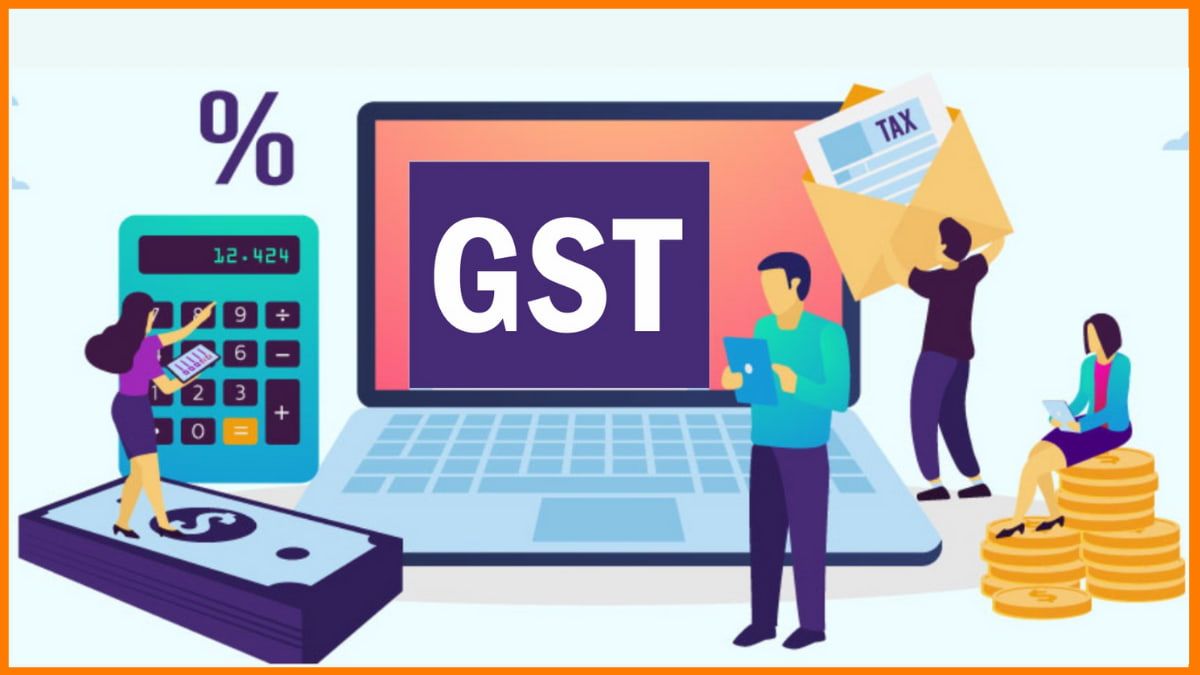Step-by-Step Process for Singapore GST Registration Explained
Step-by-Step Process for Singapore GST Registration Explained
Blog Article
Mastering GST Enrollment: Essential Actions to Ensure Governing Conformity and Organization Development
Navigating the realm of Item and Provider Tax (GST) registration can be a crucial action for companies aiming to preserve compliance and foster development. The elaborate procedure of registering for GST requires a keen understanding of the necessary actions involved, from understanding the fundamental principles of GST to meticulously preparing the needed paperwork. Nevertheless, beyond simply ticking off the regulative checkboxes, mastering GST enrollment opens a realm of possibilities for businesses to tactically take advantage of this tax framework to push their growth. Comprehending the subtleties of GST enrollment is not just a bureaucratic requirement however a strategic step that can form the trajectory of a service towards lasting success.
Understanding GST Basics
Recognizing the basics of Product and Services Tax Obligation (GST) is essential for companies to browse the complexities of tax conformity and economic management successfully. GST is a value-added tax levied on the supply of items and solutions in India, aiming to produce a unified tax system across the country. Singapore GST Registration. Under GST, services require to sign up and acquire an one-of-a-kind GSTIN (Item and Services Tax Identification Number) to be certified with the law

Readying Necessary Papers
To make sure compliance with GST enrollment needs, companies need to gather and arrange the required records for the application process effectively. The key papers normally required for GST enrollment consist of evidence of organization registration or incorporation, Frying pan card of the identity, address and business proofs of marketers, pictures, bank statements, and evidence of address of the area of service.
Organizing these records in a methodical manner can improve the application procedure and show the company's dedication to regulatory conformity. Services ought to maintain both physical and electronic duplicates of these papers for simple accessibility and recommendation. By preparing the necessary files faithfully, businesses can quicken their GST registration procedure and focus on their core operations with the assurance of regulatory conformity.
Online Registration Process
Commence the GST registration procedure by navigating to the official online site assigned for service enrollment. Once the account is established up, you can proceed with loading out the GST enrollment application form by going into the required business details, consisting of company address, turn over, and kind details.

Conformity and Reporting Obligations
Upon successful enrollment on the GSTN site and completion of the essential documentation, businesses have to adhere to strict compliance and reporting commitments to ensure regulative adherence and operational transparency. Conformity needs under GST mandate prompt and exact filing of different returns, such as find more info GSTR-1 for outward supplies, GSTR-3B for monthly summary returns, and yearly returns like GSTR-9. In addition, businesses need to resolve their sales and acquisition information with GSTR-2A and GSTR-2B to insurance claim input tax obligation credits appropriately.
Preserving proper records of billings, accounting documents, and other pertinent information is critical for GST conformity. Regular audits and assessments by tax authorities necessitate organizations to have precise documents and reporting systems in position. Any discrepancies or non-compliance can lead to charges, penalties, or also suspension of GST enrollment.
To simplify conformity processes, companies can take advantage of GST compliance software that automates return settlement, declaring, and compliance monitoring. When needed can further enhance conformity efforts and guarantee smooth operations within the GST framework., staying updated with regulative modifications and looking for professional guidance.
Leveraging GST for Company Growth
Companies can purposefully use the GST framework to drive lasting growth and improve operational performance (Singapore GST Registration). Leveraging GST for company development involves even more than just compliance; it offers an opportunity for firms to enhance processes and enhance their monetary procedures. One key benefit of GST is the input tax credit report system, which allows companies to declare debts for tax obligations paid on inputs. By properly taking care of input tax debts, firms can reduce their general tax liability and enhance cash money circulation. Furthermore, GST advertises openness and responsibility in the tax obligation system, which can aid businesses develop count on with partners and consumers.
Moreover, GST registration can likewise open up brand-new markets for companies. Being GST-compliant can enhance credibility and make it much easier to increase procedures across state borders. This not only enhances go to these guys market reach however likewise fosters an affordable edge in the industry. By straightening with GST laws, companies can adapt to changing market dynamics and stay in advance of the competition. In essence, leveraging GST for company growth involves strategic planning, reliable compliance, and a progressive approach to economic monitoring.
Final Thought
In conclusion, grasping GST enrollment is vital for making certain governing conformity and facilitating organization growth. By recognizing the basics of GST, preparing required documents, completing the online enrollment procedure, and fulfilling compliance and reporting commitments, businesses can utilize GST to their advantage. It is important for organizations to follow the policies and use GST as a device for broadening their procedures and remaining competitive out there.
Browsing the world of Product and Services Tax (GST) registration can be a crucial action for businesses aiming to preserve compliance and foster over at this website development. The vital records commonly needed for GST registration include evidence of business enrollment or incorporation, Frying pan card of the company, identity and address evidence of promoters, photos, bank statements, and proof of address of the location of company.Start the GST registration process by browsing to the main online site assigned for business enrollment. As soon as the account is established up, you can proceed with loading out the GST registration application type by entering the needed organization information, including business address, turnover, and type information.
By understanding the basics of GST, preparing required papers, finishing the on the internet enrollment procedure, and satisfying conformity and reporting commitments, companies can leverage GST to their benefit.
Report this page